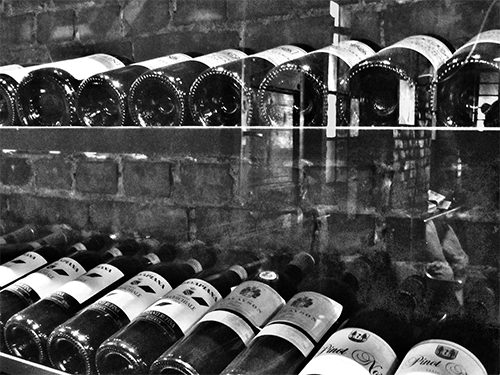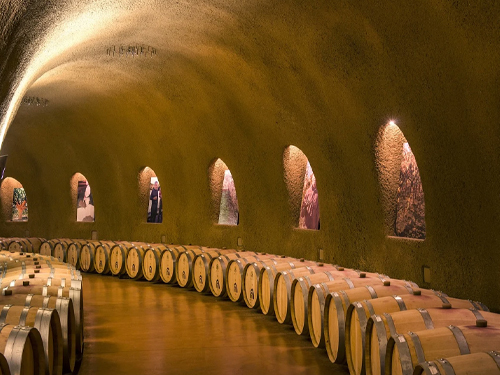Rédigé le 31/05/2021
Beaune, un village connu du monde entier !

Nouvel arrêt sur la Côte de Beaune, et pas des moindres ! Et pour cause, aujourd'hui nous allons nous intéresser au village de Beaune. Ce dernier est le plus emblématique puisqu'il est la capitale de la Bourgogne. Un statut qui lui vaut d'être connu dans le monde entier !
Il faut dire que ce village de 90 hectares bénéficie d'un emplacement géographique particulièrement favorable qui lui permet de produire de grands vins. Placé à la fois sur des sols argileux, calcaires en haut de coteau et caillouteux et sableux en bas, les productions sont donc variées.
Beaune a une grosse proportion de vins rouges, environ 90% et une production plus confidentielle de vins blancs, 10%.
Les vins rouges sont issus du cépage Pinot Noir et grâce aux sols argileux, calcaires et chargés en oxydes de fer, ils bénéficient d'une belle complexité bien charpentée avec beaucoup d'élégance. La robe est éclatante, très lumineuse et vive qui annonce de beaux arômes de fruits rouges comme la cerise ou la groseille, mais également de fruits noirs, cassis et mûre.
Lorsqu'il vieillit, les arômes se portent plus vers la truffe, le cuir et les épices. En bouche, un Beaune jeune offre le charme du raisin frais à la fois ferme et franc pour laisser place ensuite à une structure plus assumée.
Les blancs bénéficient d'une belle robe or aux reflets verts. Le bouquet tire vers les fruits secs, mais également l'amande ou encore les fleurs blanches. En bouche, on retrouvera des notes de miel ou encore de cannelle. Il sera préférable de le déguster jeune pour profiter de tout son fruit. Plus vieux, il sera plus gras et moelleux.
Pour les accords mets et vins, la grande puissance aromatique des rouges s'accordera parfaitement aux viandes musquées et fermes. Pour les fromages, un bon maroilles mettra bien votre Beaune en valeur, tout cela à une température de service entre 15 et 16 degrés.
Pour les blancs, misez sur des poissons blancs mais également sur les volailles ou veau en sauce. Côté fromage, foncez les yeux fermés sur le comté ou certains chèvres. La température recommandée pour le service est de 12 degrés.













